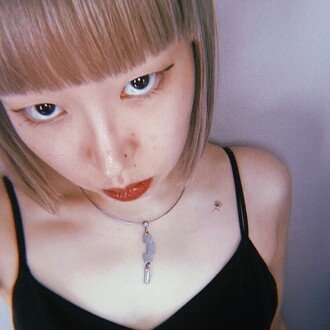
Dig Japan vol.6 “Kimishigure (黄身しぐれ)”
Dig Japan is a series in which I research and introduce in English topics related to traditional Japanese culture that interest me. In this article, I will introduce kimishigure. In April 2024, I participated in my first wagashi making class, and the theme was kimishigure. To be honest, I had never heard of this wagashi before then.
Kimishigure is wagashi made by wrapping koshian (strained azuki bean paste) in the dough made of a mixture of egg yolks, shiroan (white kidney bean paste), joshinko (high quality powder of non-glutinous rice), and then steaming it. The cracked pattern that forms on the surface when steamed is likened to shigure, light rain that comes and goes from late autumn to early winter. Its origin is uncertain, but the most likely theory is that it was introduced from Korea during the Azuchi-Momoyama period.

First of all, the Japanese confectionery “Shigure” is made by mixing bean paste and joshinko until it is smooth, then pouring it into a frame and steaming it. When this is further divided into smaller pieces and steamed in a mold with a different bean paste as a core, it is called “Shigure manju.” Kimishigure is made by mixing egg yolk into shiroan.
It generally has a crumbly texture, and the basic combination is shiroan mixed with egg yolk on the outside and koshian or shiroan on the inside, but there are also some that are the other way around.

Kimishigure is often thought of as an autumn/winter Japanese sweet because the cracks that form during steaming are likened to shigure (light rain) that often falls in autumn and winter, but it is also sold as an early spring sweet. Depending on the Japanese confectionery shop, we can find kimishigure where a faint pink color peeks through the cracks, reminiscent of cherry blossoms waiting to bloom, or one with matcha kneaded into the bean paste.
The origin of kimishigure is uncertain. One famous theory is that it was introduced from Korea during the Azuchi-Momoyama period, but there is little documentation to prove this. Similar wagashi to kimishigure, there is “Momoyama” which is said to have been accomplished in modern times. It is made by mixing arrowroot powder with shiroan, egg yolk, and sugar and baking it, and the combination of shiroan and egg yolk resembles kimishigure.
This article was written by 𝐡𝐢𝐫𝐨𝐤𝐨, working as a freelance translator and PR for overseas apparel brands in Japan, with the aim of broadening her own knowledge of traditional Japanese culture and spreading it to the world.
いいなと思ったら応援しよう!

